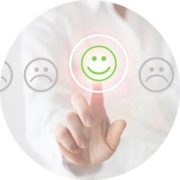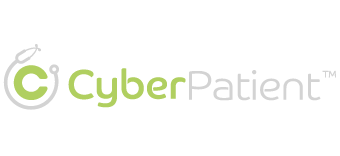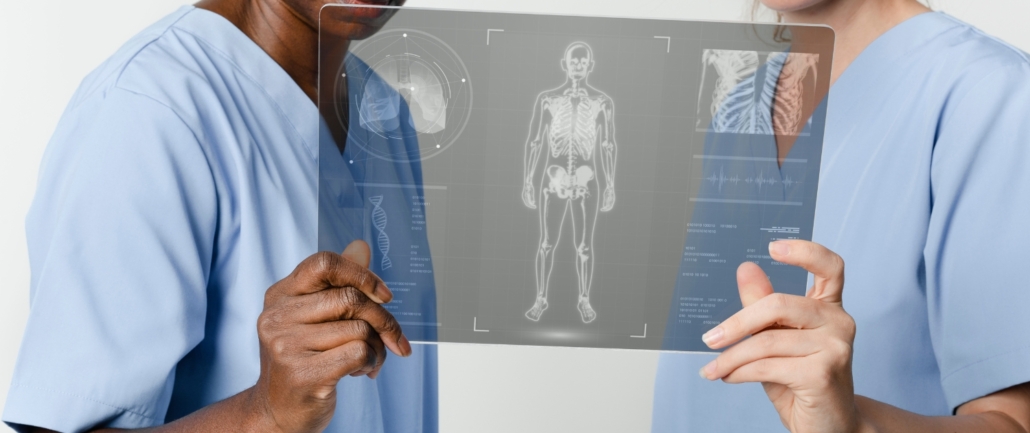Innovations in Medical Education
Through the Lens of a Student
Innovations in Medical Education is an engaging topic exploring the latest advancements and techniques to enhance medical students’ learning experiences. By sharing authentic and unique student experiences, we aim to gain insight into how these innovations affect the education and development of future healthcare professionals. A student’s perspective is crucial in this discussion because it offers insight into the practical application and impact of these innovations on the individuals using this knowledge in their future careers. In addition, the student experience provides a valuable perspective on the effectiveness and accessibility of these innovative educational tools and their potential to shape the future of medical education.
In anticipation of the 20th annual Innovations in Medical Education Conference, sponsored by the Keck School of Medicine at the University of Southern California, we asked students in our CyberPatient Clinical Club to share their accounts with any technology that has made a lasting impression on their lives.

Aaron John Cacas
A few years ago, I had an immersion trip in a far, rural town in the Philippines as part of a class activity. I lived with a caring foster family for 3 days, ate and mingled with them, and engaged alongside them in their daily chores. The goal of the trip was to appreciate their way of life and discover their subculture, though I also had the personal goal of understanding their health needs and access to services.
For some reason, our smartphones were left with our coordinator, though the lack of internet connection or signal would render it useless anyway. I remember the room that my foster family prepared for me was a small walk-in closet with no windows or a clock to orient me on the time of day. What gave me comfort during the night was my analog watch which I kept at the side of my mattress, which would alert me when I needed to get up the next morning and match my foster family’s unfamiliar schedule.
It was during this moment that I realized that innovations in medical education need not focus on totally novel technologies, programs, or modes of learning, which are essentially useless in a walk-in closet in the middle of a connectivity dead spot. Instead, it should improve on what is already familiar, accessible, and simple to use. Many platforms exist to teach healthcare to students through smartphones, computers, and other new media. What if there is something more ubiquitous which would help a student in training for patient care — perhaps, a Watch?
A watch is perhaps one of the most useful “non-medical” tools for the travelling medical student or doctor. It keeps workflow organized, alerts you of your schedule, and is as mobile as you can be. But besides using it for vital signs with a time element like HR or RR, consider the applications of biosensors, gyroscopes, accelerometers, etc., installed in the watch and letting the patient wear it. It is a one-size-fits-all measuring device for oxygen saturation, range of motion, sleep patterns, reflexes, stress tests, hydration status, posture, gait analysis, temperature, drug intake, diet, glucose monitoring, etc. It can also alert physicians of potential seizures, cardiac failure, syncope, falls, and pain. It might even be a replacement for ECG leads or the chest piece for an electronic stethoscope — the possibilities are endless. A systematic review by Lu et al. has concluded that rigorous research is still needed to ensure its accuracy in clinical settings (Lu et al., 2016) however, amidst the multitude of advancements in technology, perhaps we can look back at invention a few centuries ago — the humble watch on your wrist.

Zahra Rostami
Today, Medical education faces several challenges, especially at the undergraduate level. The fast growing body of Medical knowledge and emerging technologies along with rapid changes in social and individual issues related to the healthcare system complicate providing efficient education with up-to-date content in the field of medicine. Novel educational methods using modern technologies focused on communication and group-based learning, such as online education, have shown promising results in facilitating medical education challenges. However, there are several issues with these kinds of methods reaching their optimal point of efficiency. This article aims to offer several constructive ideas aimed at improving medical online education.
Online education has a prominent role in providing efficient content and skillful training for medical students all over the world. This contribution became more substantial during the COVID-19 pandemic, while most in-person activities were halted and the necessity of using online platforms for communication and information transmission became more noticeable. One of the most important challenges medical students faced was the flaws of online educational programs in providing practical training on physical examination and hands-on procedures for undergraduate students. The main focus of online programs was mostly on teaching and debating theoretical concepts. However, for an undergraduate student with minimal previous exposure to the practical medical field, dealing with subjective and practical concepts, such as differentiating heart sounds during auscultation, only by reading medical texts or hearing experiences from their supervisors is difficult.
Some of the online programs, such as CyberPatient provided a good opportunity for medical students to experience independent decision making facing different medical situations in a safe environment. One of the ideas that can optimize the efficiency of this method is to utilize technological facilities that make the theoretical cases more realistic to improve subsequent learning. For example, hearing real auscultation sounds of the patient, choosing the right point of examination on the chest wall, percussion, and practicing special examinations for prevalent chief complaints, such as the Obturator sign in a patient with abdominal tenderness, provides a better and more realistic insight for students regarding practical medical examination and their role in final therapeutic decision.
Another suggestion that can improve the efficiency of online medical education platforms, such as CyberPatient, is to help students in taking the first decision based on a patient’ history and medical examination. This procedure can be extremely stressful in a real-world environment if the decision maker has not received proper training. For example, when an undergraduate medical student completes all of the examinations and gathers all of the results of a case, it is hard to decide what to do as a first step for a patient. In this point, providing some initial suggestions about potential therapeutic outlines in addition to brief rationales could assist medical students in building insights and decision strategies for different medical situations.
In sum, efficient online education can provide vast opportunities for medical students all over the world to various resources during their educational program and overcome educational problems in special situations, such as the COVID pandemic. This article explored two ideas for improving the performance of medical educational online platforms. First, using novel technologies to make practical procedures more realistic could cement the knowledge a student absorbs. Second, providing suggestions and rationales as to what decision path should be taken in a case scenario using physical examination and history information could facilitate the formation of decision strategies in medical students.

Sathya
In my journey as a medical student, I have experimented with multiple study methods. Through trial and error, I have finally found a plan that works for me. I stepped into medical school as a fresh high school graduate nearly three years ago with excitement. I was elated that I would be able to study about the discipline I was always curious about as a biology student in school. But, part of me dreaded the sheer volume of material I would have to memorize. I made it my mission to enjoy studying medicine. As a first-year student, I stuck to books and USMLE-Rx. Unfortunately, this plan worked only for the first-year.
The transition between first and second year was rocky for me, since we moved from basics to studying about each system in detail. This was when I turned to recommendations from friends, seniors and YouTube. I was overwhelmed by the suggestions. Fortunately, within a month, I was able to figure out what works for me. I stopped writing handwritten notes and turned to annotating the First Aid book. Since I am a visual learner, discovering Sketchy was like winning the jackpot. Pharmacology was the most difficult subject for me but thanks to Sketchy, it is one of my favorite subjects now. The crazy cartoons are so effective that I’m sure I would be able to remember them even as a practicing doctor in the future. One of the most unexpected studying tools is social media.
Similar in methodology to Sketchy, medical meme pages are quite helpful as well. There are a lot of accounts that post about guessing the diagnosis, facts about various topics etc. Just goes to show that social media is not all evil, if and only if, it is used wisely. The field of medical education is constantly evolving with the introduction of innovative tools and technology for learning. I am looking forward to what the future has in store with the recent developments in Metaverse.

Shah Faqiri
We asked our team, what does being a part of innovations in medical education mean to you?
Our work is having a positive impact on developing nations by bringing the latest and greatest medical practices to the forefront, which feels truly fulfilling.
Thank you to everyone for sharing their personal experiences with innovations in medical education, we look forward to see what the future brings!




